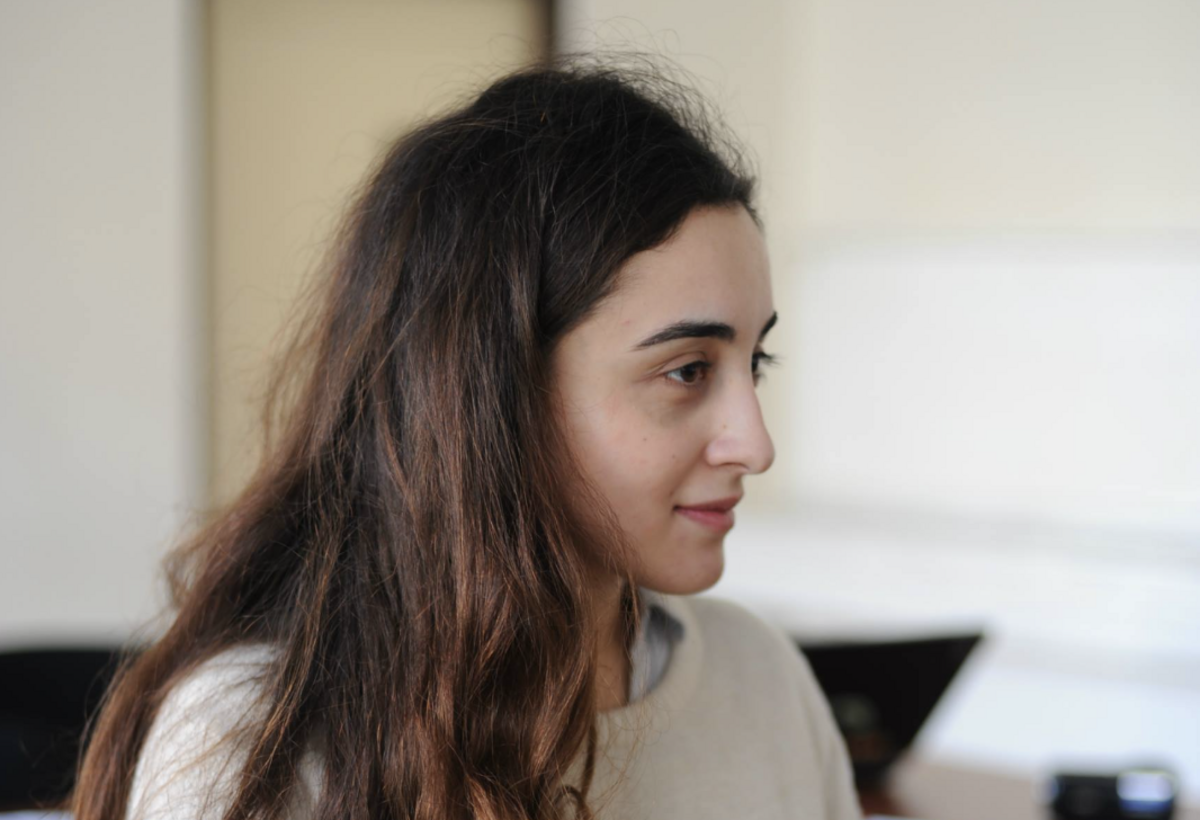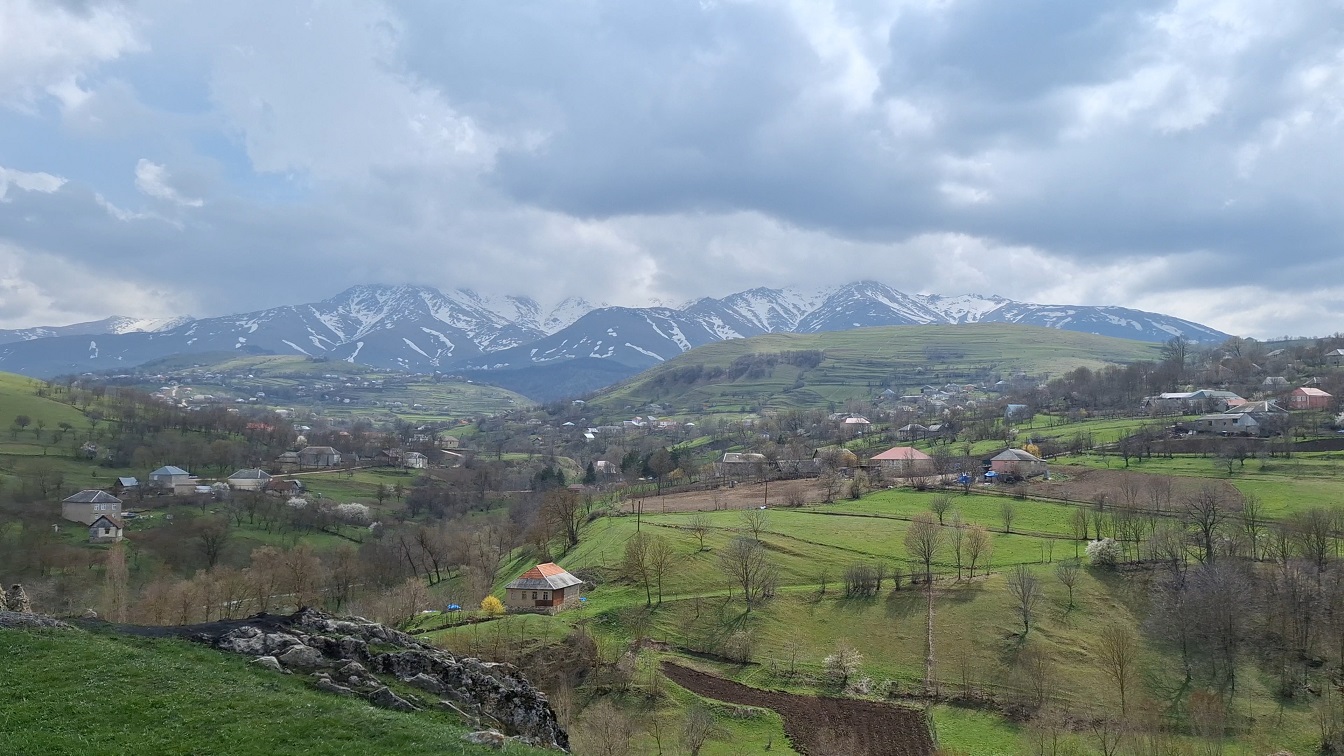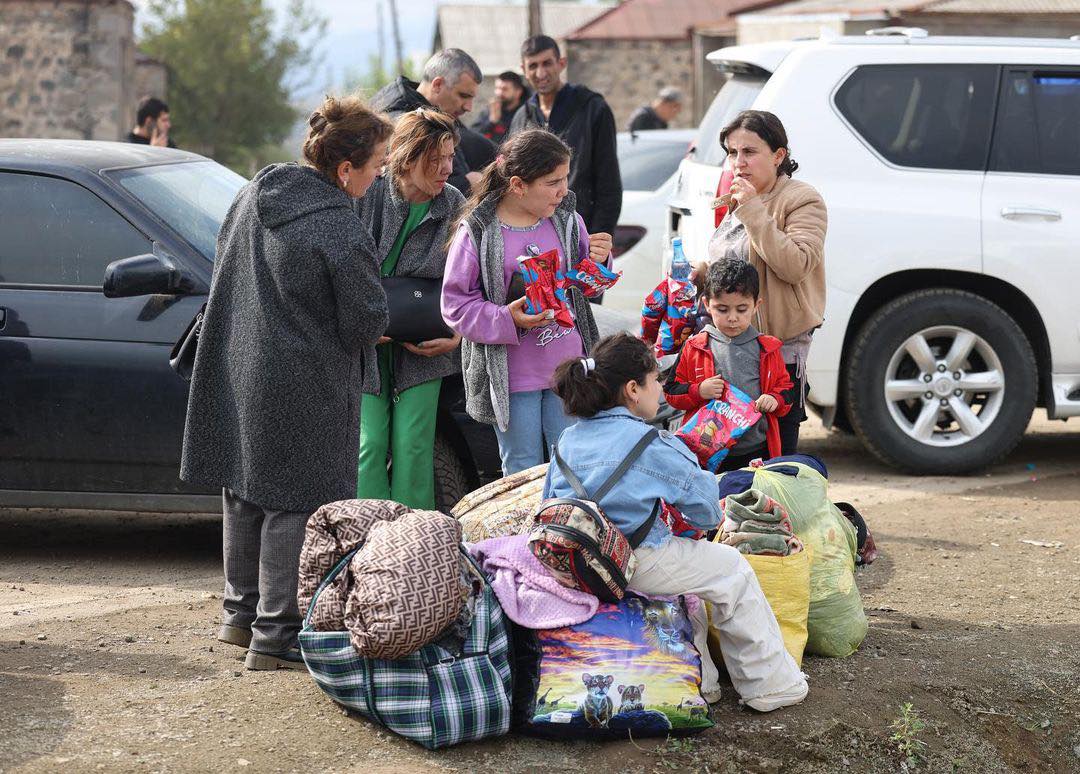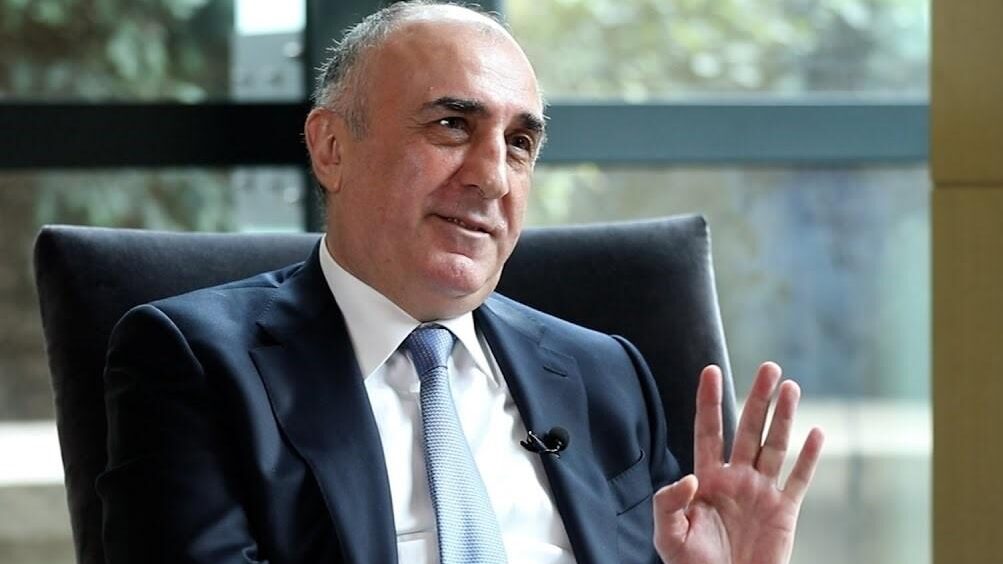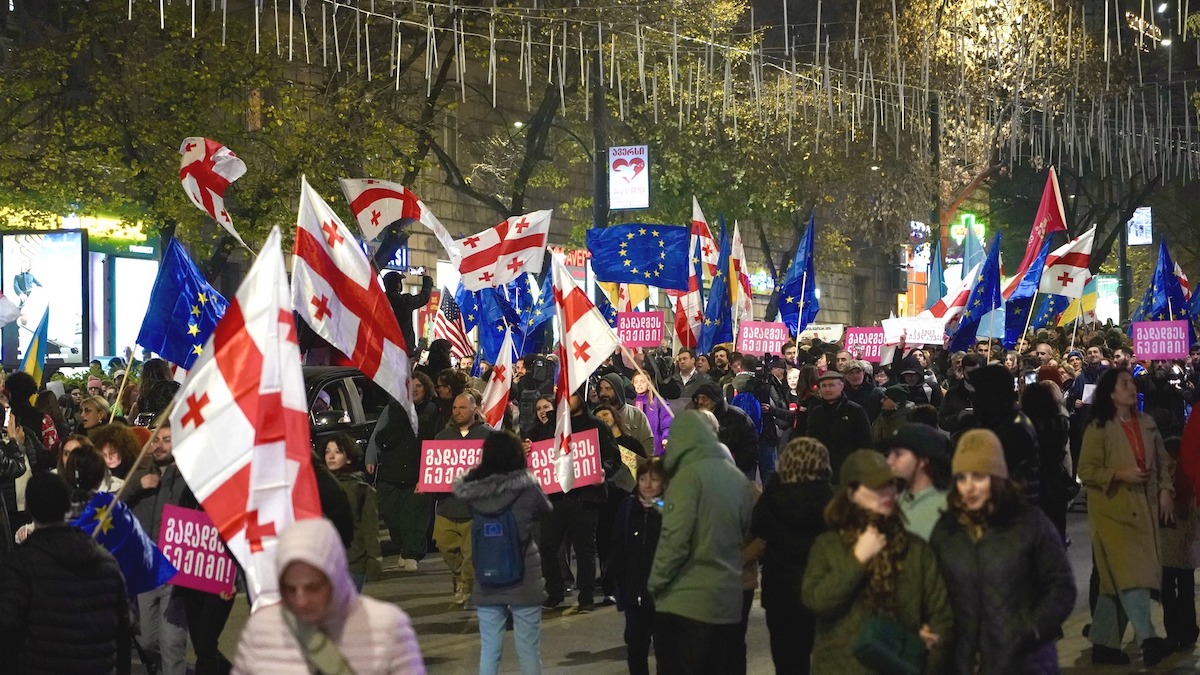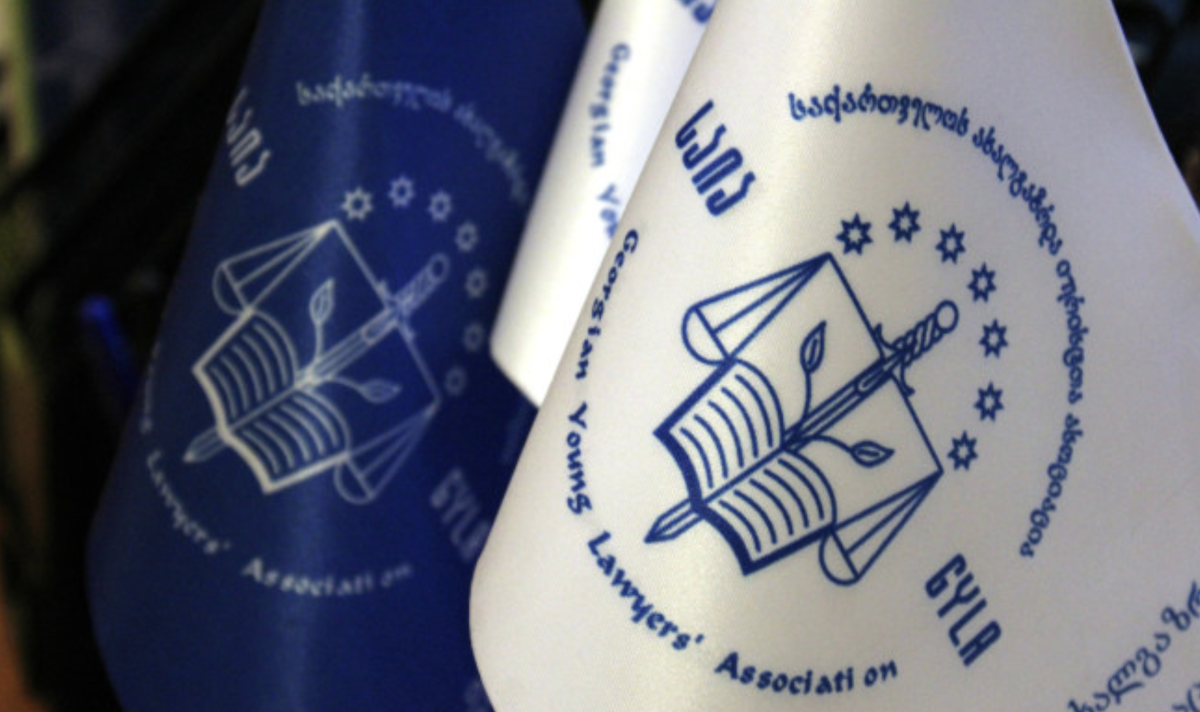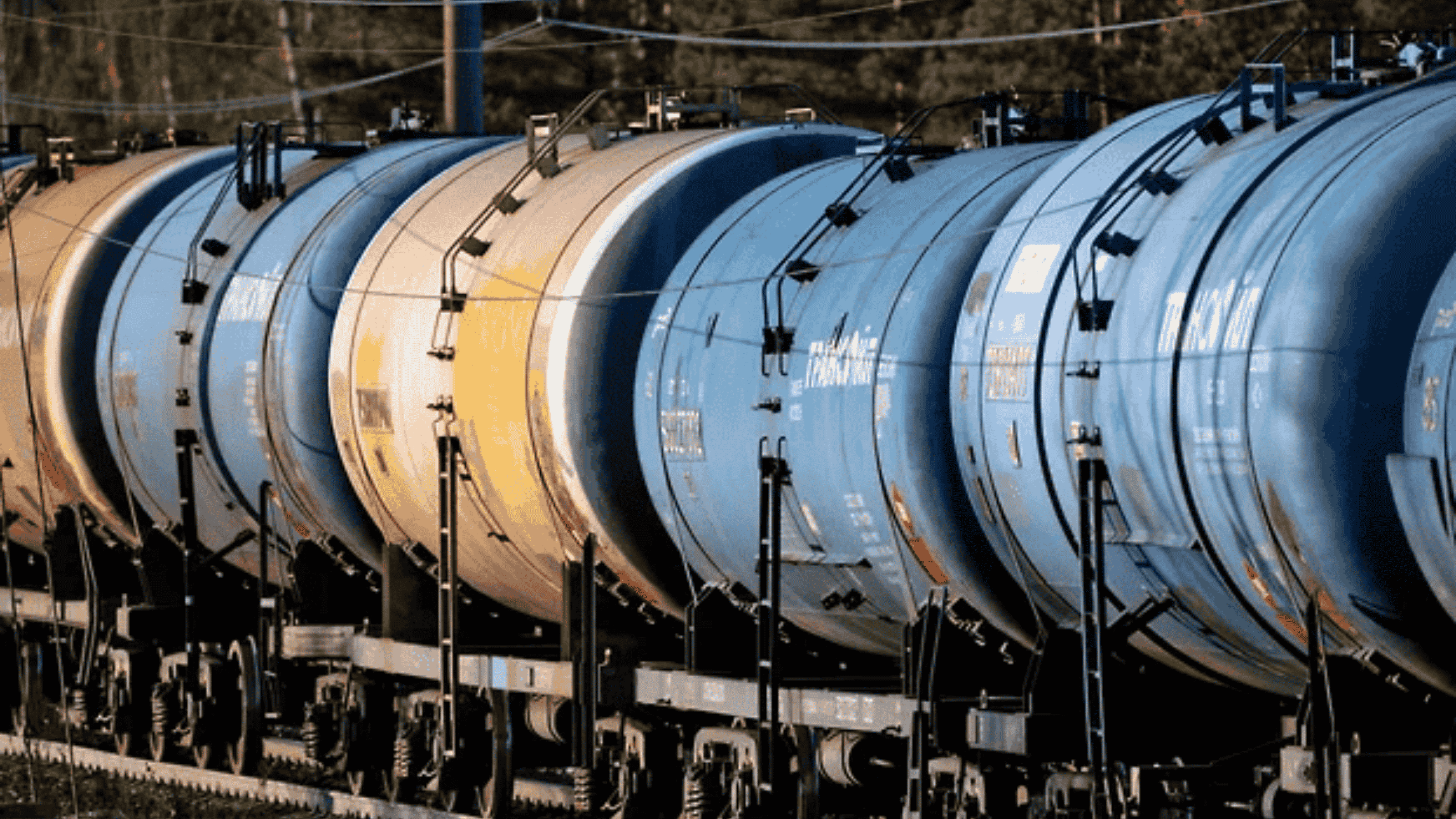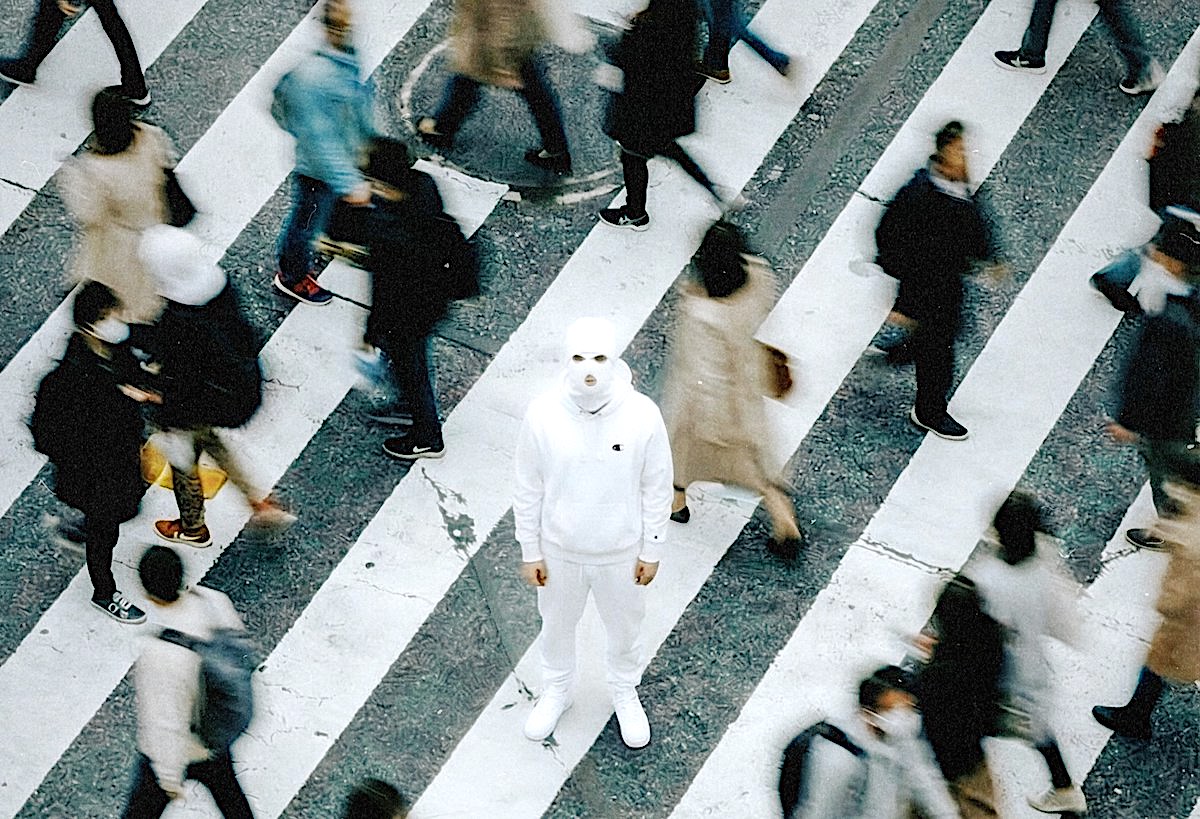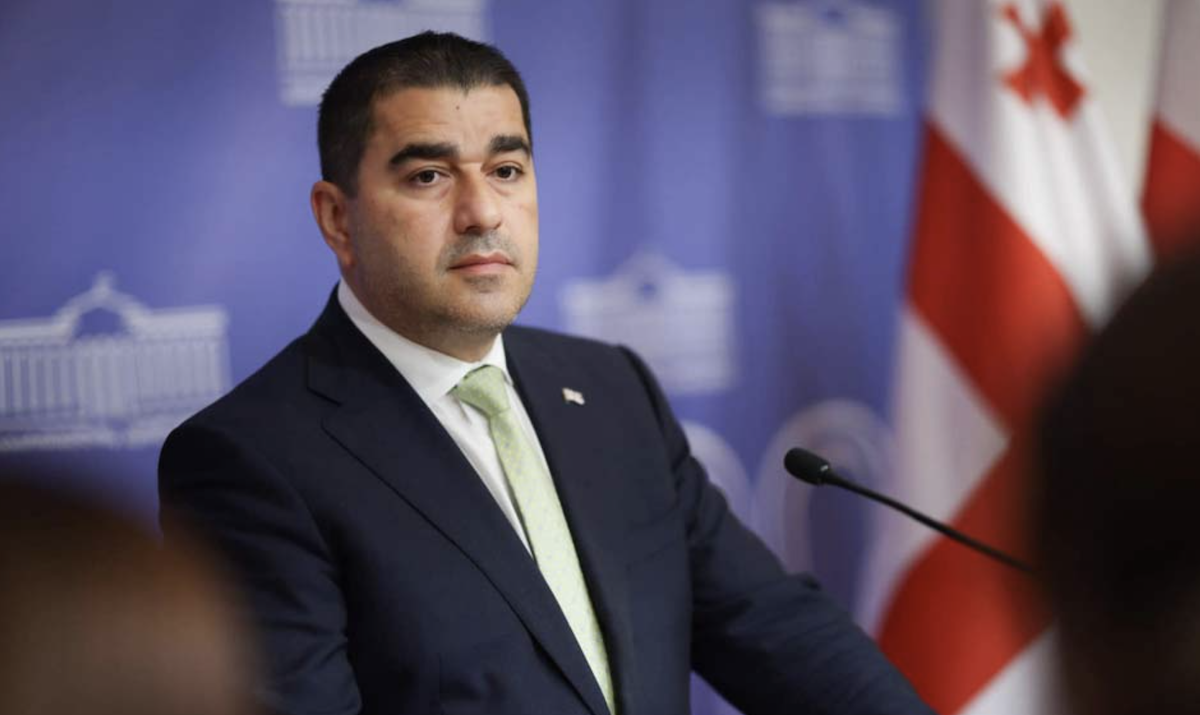Return of Azerbaijanis to Karabakh: numbers rise, questions remain
Azerbaijan’s plans to rebuild Karabakh
Following the 44-day war in 2020, the Azerbaijani government declared the restoration of territories liberated from occupation and the return of internally displaced persons as a strategic priority.
Over the course of three years, billions of manats were allocated, new infrastructure projects launched, and official statements struck an optimistic tone. However, today the situation is difficult to describe with numbers alone.
About Karabakh
Karabakh is a region in the South Caucasus internationally recognised as part of Azerbaijan, but it remained under Armenian occupation for many years. Since 1988, it has been at the centre of an ethnic conflict.
As a result of the First Karabakh War in the 1990s, the territory came under Armenian control, leading to the displacement of around 600,000 Azerbaijanis.
In the 44-day war of September–November 2020, Azerbaijan regained control of these territories, initiating efforts to restore and resettle Karabakh.
The year 2023 (during which Azerbaijan’s proclaimed anti-terrorist operation was held): After restoring full control over Karabakh, nearly the entire Armenian population of the region — some 100,000 to 120,000 people — left for Armenia. This became one of the largest refugee flows in modern history.
What does the official data say?
As of September 2024, more than 8,000 internally displaced persons have returned to Karabakh.
The Azerbaijani government says it plans to resettle 40,000 people by 2026. However, the exact methods and mechanisms for achieving this goal remain unclear.
In cities such as Khankendi, resettlement has already begun. One example is the relocation of students and academic staff through the newly established Karabakh University, which opened in September 2024. Nevertheless, exact figures have not yet been disclosed.
Billions for reconstruction
The scale of funds allocated by Azerbaijan is striking:
- 2021–2023: 12 billion manats (USD 7.1 billion)
- 2024: 4.8 billion manats (USD 2.83 billion)
- 2025: 4 billion manats (USD 2.35 billion)
These funds are primarily directed toward restoring transport, energy, communications, education, and healthcare. The figures are confirmed by data from the US State Department, Caliber.az, and other local sources.
At the same time, “master plans” are being developed for Khankendi, Khojaly, Khojavend, and Agdere. For instance, a textile factory recently opened in Khankendi already employs 400 people, with plans to double that number to 800.
Returning settlers renting out housing and rising inequality
Some of the returnees to Karabakh are renting out the state-provided housing instead of living in it — raising concerns over weak oversight and the fairness of housing distribution criteria.
Controversies and international debate
The Azerbaijani side presents the return and reconstruction process as a success, but this view has drawn criticism from the international press and human rights organisations.
The Armenian side accuses Azerbaijan of carrying out ethnic cleansing, while some international bodies point to a lack of civilian oversight in the region.
Unanswered questions shaping Karabakh’s future:
- How is the genuine social integration of internally displaced persons being ensured?
- Are there enough jobs, infrastructure, and public services for those returning?
- What role do issues like revenge, compensation, and legal mechanisms play in the political context of the process?
- Is the return of 40,000 people by 2026 realistic, or is it just a figure?
In conclusion
The reconstruction of Karabakh is not only a technical task but also a symbolic and political process for Azerbaijan. Large budgets, detailed plans, and declared goals are one thing. But in reality, this process meets the lives of people, social challenges, and expectations.
The numbers are rising, roads are being built, and universities are opening. Yet the central question remains: is the return to Karabakh merely physical — or a step towards a life of dignity?










